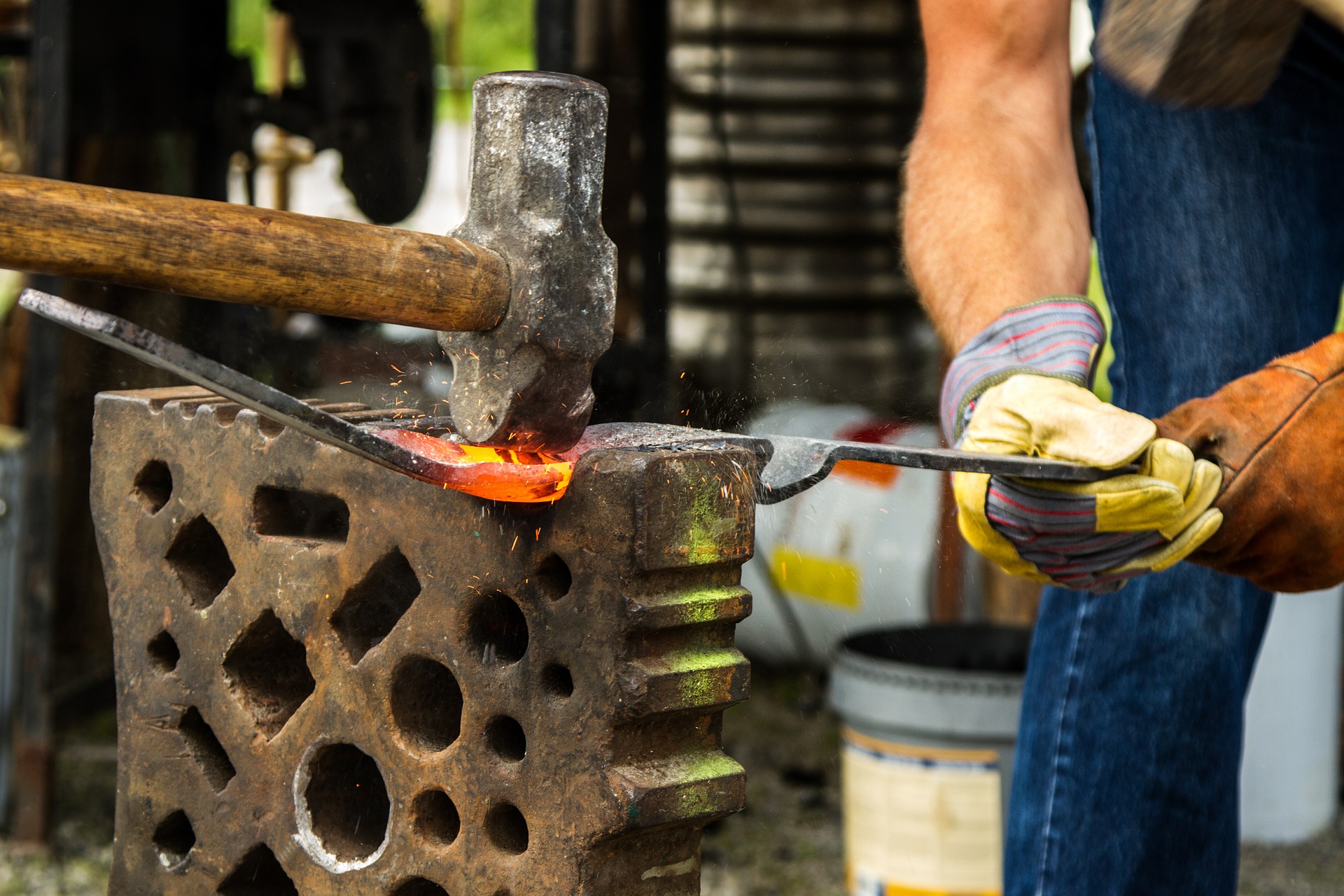HARDNESS TESTING
A hardness testing shows the mechanical resilience of a material and makes it possible to evaluate its strength, wear behavior, resistance and abrasion. There are various hardness testing procedures, for example the testing adapted from Brinell, Vickers, Rockwell or Leeb – to name only a few.
The basic principle is similar: the indentation depths of different specimens are measured so that the hardness of the material can be determined.
A mobile hardness testing, for example, determines the skin hardness of a material before and after treating it with heat. This provides the benefit that a large or installed component can be tested in-situ without much effort.
Two techniques are available here: firstly, the hardness testing which uses an ultrasonic hardness inspector (UCI) combined with a probe including a diamond tip. The TIV-procedure (Through Intender Viewing) employs a Vickersdiamond and a small camera so that the penetration cone can be measured optically. This measurement determines the hardness of the material.
- The inspection probe is placed vertically aligned to the component’s surface, preferably on a flat and smooth surface.
- After starting the testing procedure, the inspection probe presses e. g. the Vickersdiamond into the surface.
- A short time later, the measured value appears on the device’s display. The result determines the evaluation of the workpiece.

